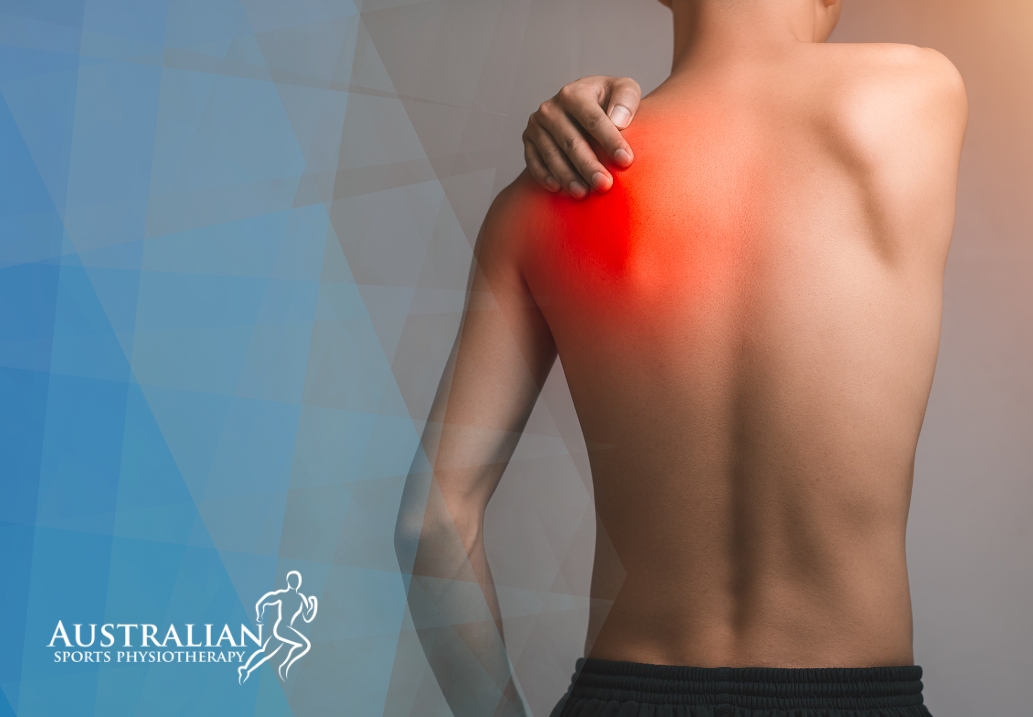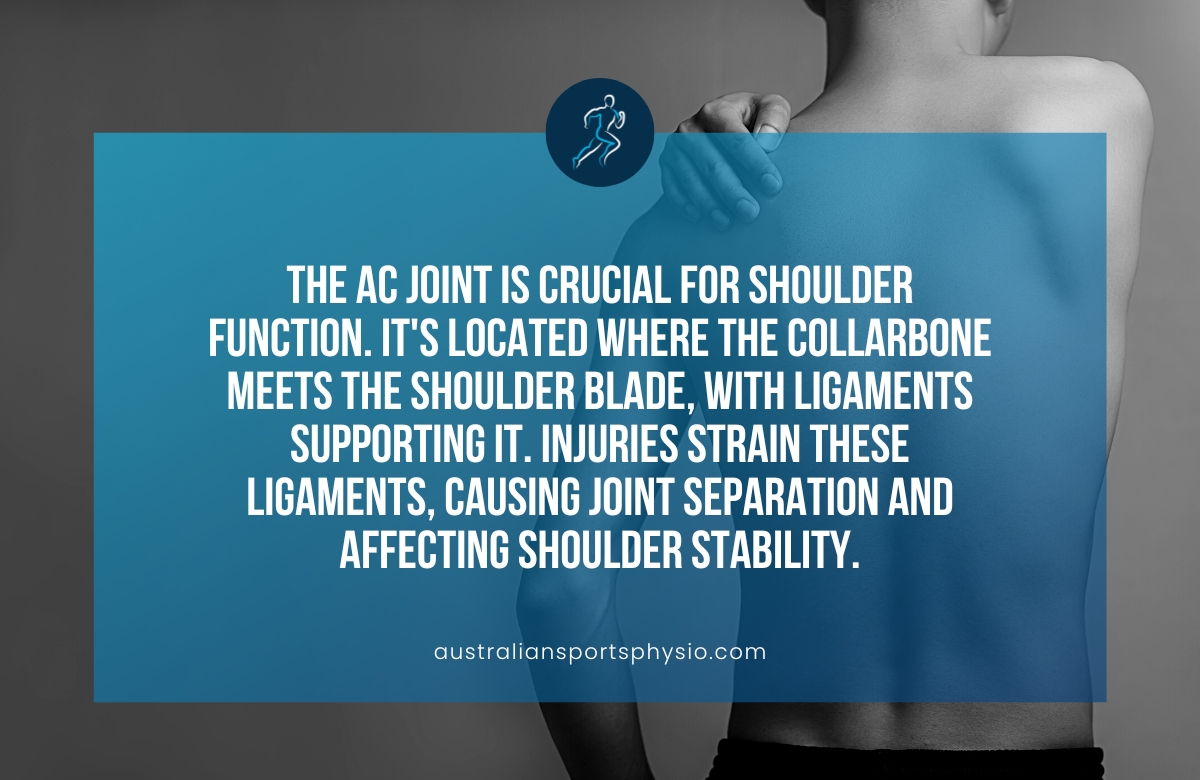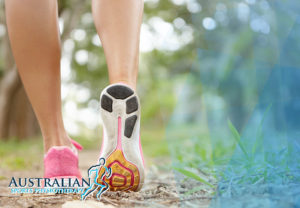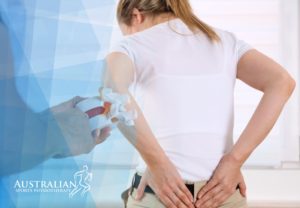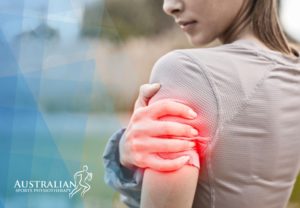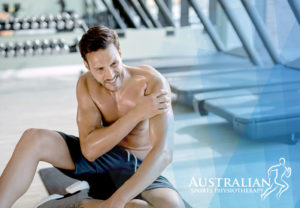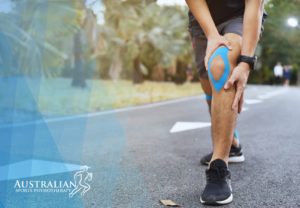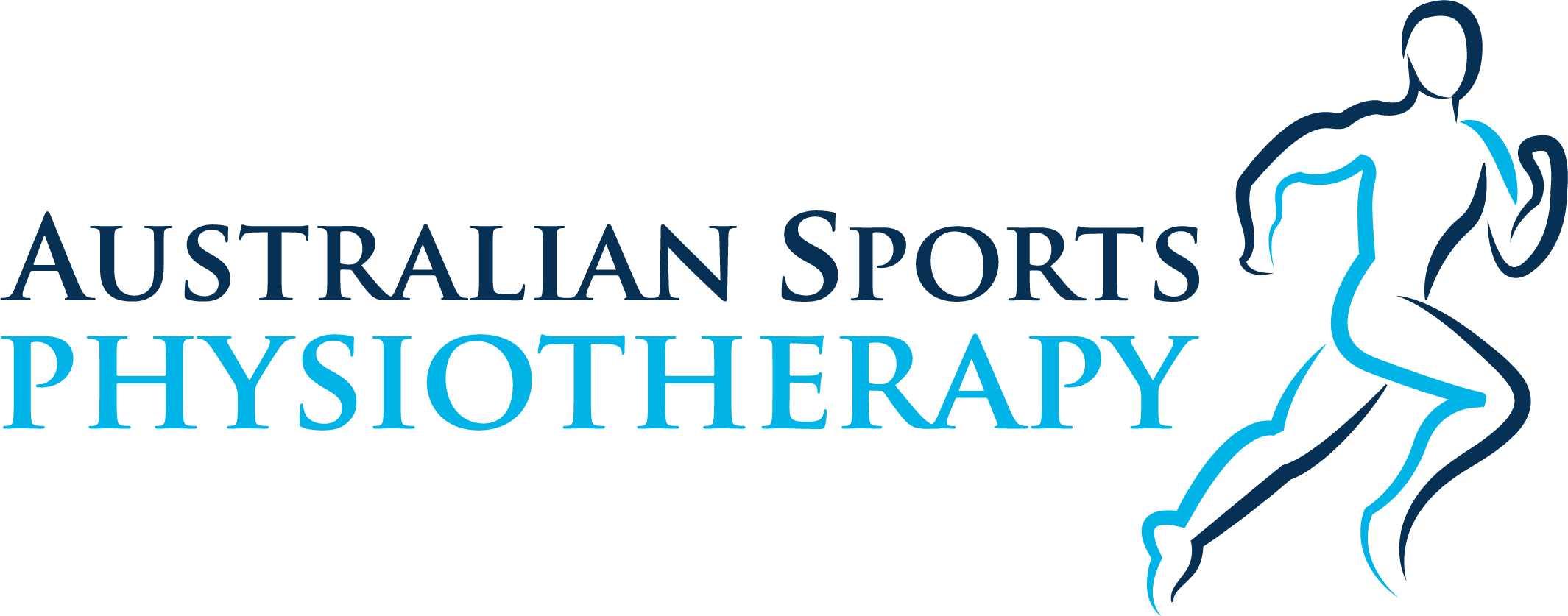Have you recently experienced an injury to your AC joint? Are you looking for ways to recover and return to your normal activities? Physiotherapy may be the answer you’ve been searching for.
The AC joint at the top of the shoulder, where the collarbone meets the shoulder blade, is prone to injury, especially in athletes or individuals who engage in repetitive shoulder movements. These injuries can be painful and limit your range of motion, making it difficult to perform everyday tasks.
Physiotherapy is a highly effective treatment option for AC joint injuries. It focuses on quickly reducing pain whilst maintaining your mobility and restoring strength to the affected area. Whether you’ve recently suffered an injury or have been dealing with chronic AC joint issues, physiotherapy can help you regain function and get back to doing what you love.
What is acromioclavicular (AC) joint injury?
The acromioclavicular (AC) joint is a critical component of the structure and function of the shoulder joint. It can be found near the top of the shoulder, where the front of the shoulder blade (acromion) meets the collarbone (clavicle).
The joint capsule and strong ligaments (acromioclavicular and coracoclavicular ligaments) that support the AC joint are typically affected in AC joint injuries.
Four ligaments hold together the AC joint’s two bones. These ligaments are strained when an AC joint injury occurs. This force causes joint separation to some extent.
Common causes of AC joint injury?
There are two forms of AC joint pathologies: acute and overuse injuries.
AC joint injuries are most common in those under 35, with males suffering more traumatic AC joint injuries than females.
Traumatic AC joint injuries are more common in younger athletes because they are more prone to participate in high-risk and collision activities such as football, biking, snow sports, and rugby.
Traumatic AC joint injury
When the joint is displaced, this form of injury occurs. The ligaments that connect the two bones of the joint become too stretched. A shoulder dislocation, on the other hand, involves the ball-and-socket joint.
This could include:
- A straight hit to the outside of the shoulder.
- In team sports, full contact with another player.
- An impact on an outstretched arm.
Traumatic AC joint injuries can range in severity from minor to severe. The amount of joint separation involved determines the grade. A physiotherapist can treat minor injuries. In more severe cases, surgery may be required, followed by physiotherapy.
Overuse (repetitive) AC joint injury
Repetitive overuse of the Acromioclavicular (AC) joint can lead to various injuries, including inflammation, impingement, and tendon tears. These injuries can be painful and limit range of motion if left untreated. Physiotherapy can help to alleviate symptoms associated with AC joint injuries caused by repetitive overuse.
The most common causes of an AC joint injury caused by repetitive overuse are:
- Repetitive overhead activities (such as throwing a ball).
- Weight lifting with poor form or technique.
- Incorrect posture during work, sports, and daily activities.
In older people, AC joint pain can also be caused by osteoarthritis. When the shoulder and AC joints are strong and mobile, this can be a regular aspect of ageing and rarely causes discomfort or symptoms.
A physiotherapist can identify and effectively treat AC joint issues.
Physiotherapy treatment for AC joint injury
Physiotherapy plays a vital role in the management of AC joint injuries. Physiotherapy aims to reduce pain, improve mobility, and restore strength to the affected area. Physiotherapists use various techniques to help individuals with AC joint injuries regain full function.
Exercises may be prescribed to strengthen the muscles around the shoulder, improve range of motion, and reduce pain and inflammation.
These exercises focus on stretching the chest muscles, shoulder blade muscles, rotator cuff muscles, and biceps.
It is also important to do strengthening exercises for the scapula and rotator cuff muscles to help improve shoulder stability and reduce the risk of further injury.
Can you fully recover from an AC joint injury?
Most AC joint problems improve within a week of injury, but full recovery might take up to six weeks.
In severe situations, the acromioclavicular and the coracoclavicular ligaments are ruptured, resulting in an instant deformity. This deformity is permanent without surgery as the arm’s weight will keep pulling the injured acromial side downwards.
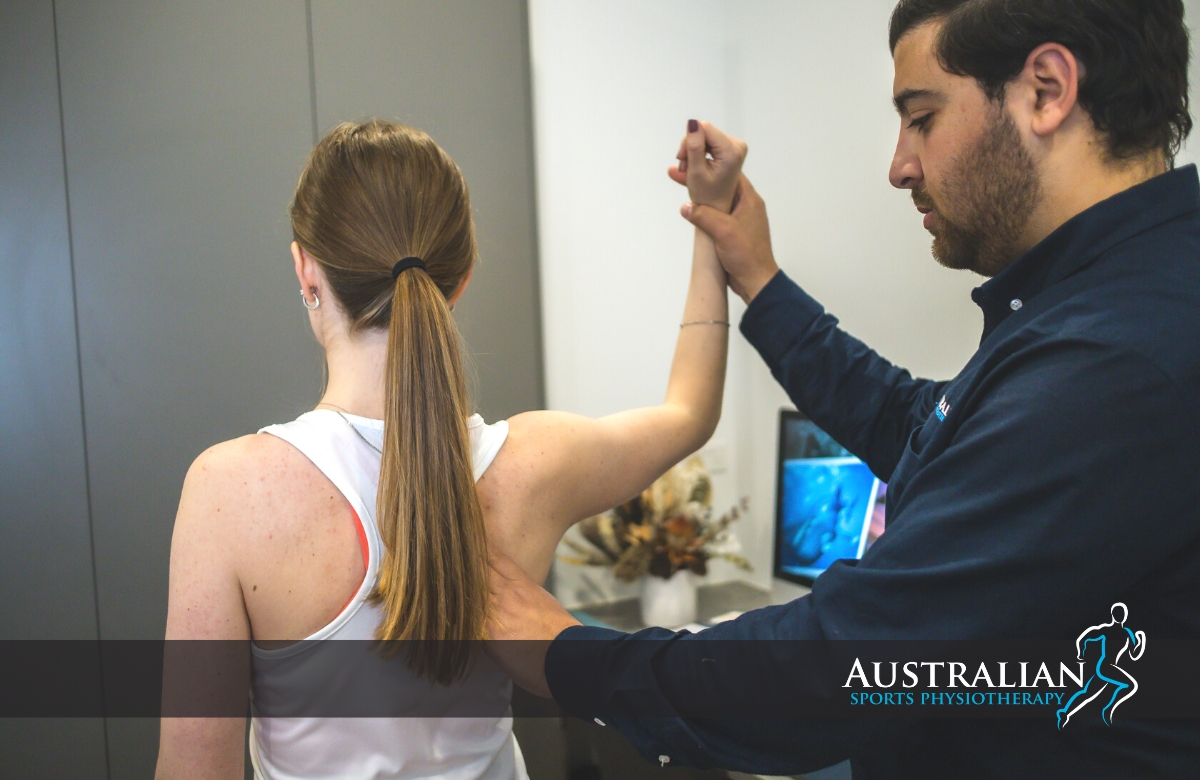
Final Thoughts on Physio for Acromioclavicular (AC) Joint Injury
Physiotherapy is a safe, effective, and often necessary treatment for AC joint injuries. Whether your injury is acute or chronic, physiotherapy can help reduce pain, improve mobility, and restore strength to the affected area.
Finding an experienced physiotherapist who can tailor an individualised treatment plan to your specific needs is essential. With dedication and patience, you can get back to doing what you love.
